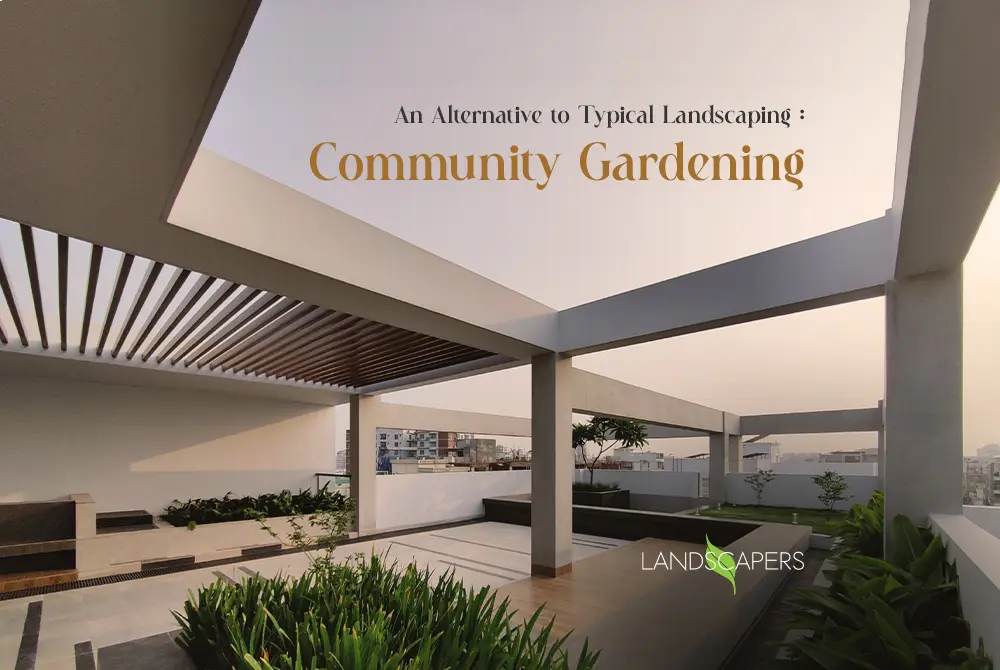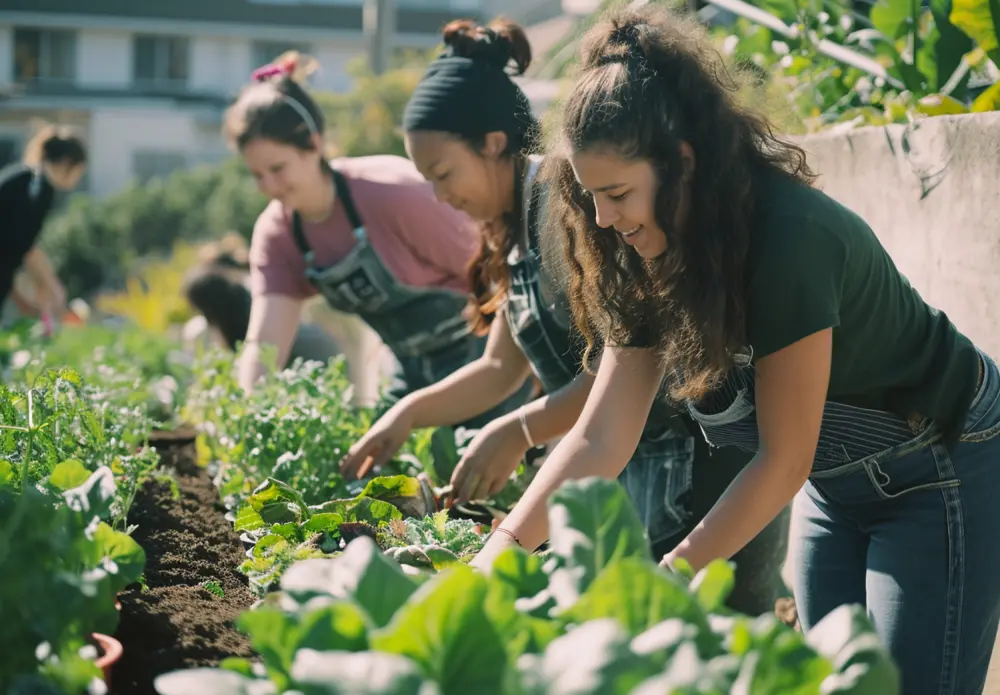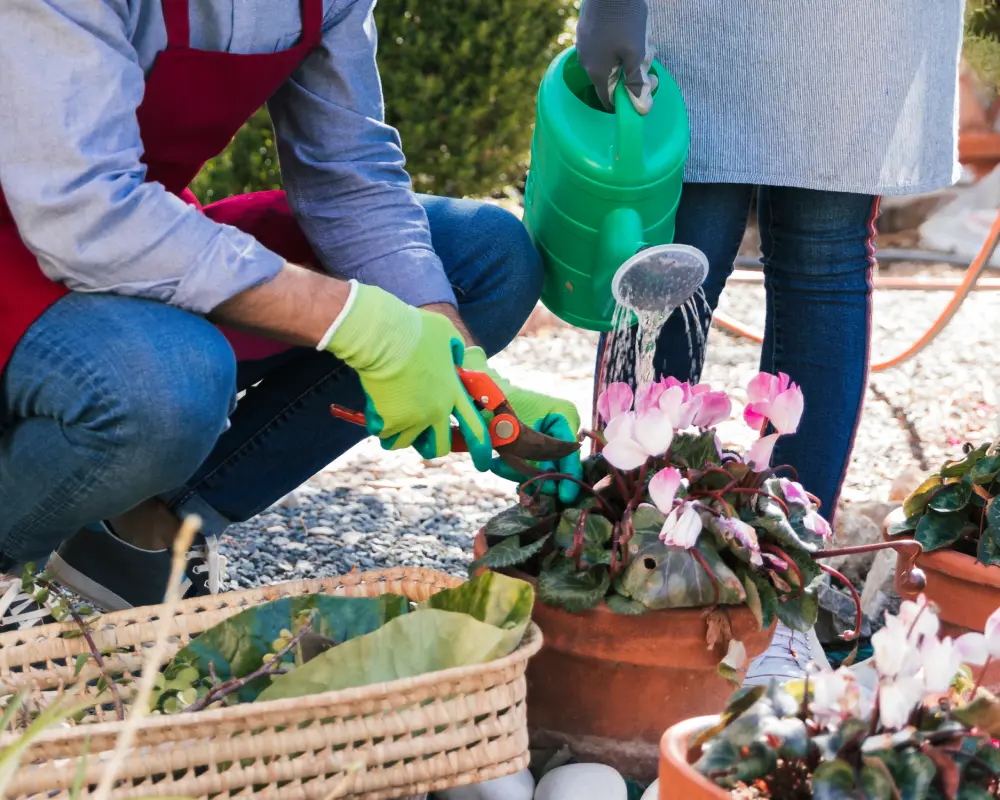
Community Gardening: An Alternative to Typical Landscaping?
In cities like Dhaka where concrete often exceeds greenery, finding a little space for nature can often feel like a luxury. Traditional landscaping—neatly trimmed lawns, manicured hedges, and ornamental plants—has always been the go-to solution for bringing a touch of green to urban spaces. But in recent years, a new idea has been taking root in communities around the world, including Bangladesh: community gardening.
Community gardening is not just a trend, it has been emerging as a meaningful, sustainable, and socially engaging alternative to conventional landscaping.
A community garden is a shared green space—often on unused or open land—where residents collectively grow vegetables, fruits, herbs, and flowers. Unlike typical landscaped areas that are usually decorative, community gardens are interactive and productive spaces. They invite participation, nurture relationships, and promote sustainability.
Basically, while traditional landscaping focuses on aesthetic appeal, community gardening emphasizes connection, utility, and takes into account the environmental impact of the project.
1. Turning Idle Land into Usable Spaces
Urban areas in Bangladesh, especially cities like Dhaka and Chattogram, often have unused plots between buildings or alongside communities. These neglected areas can be transformed into thriving gardens—used to bring color, life, and purpose to once wasted space.
2. Living Healthier & Growing Together
Beyond beautification, community gardens serve another larger purpose: they promote healthier lifestyles. Residents can grow their own organic produce, leading to fresher, chemical-free food on the table. Gardening itself also provides gentle exercise, reduces stress, and encourages time spent outdoors—a welcome break from our otherwise screen-filled lives.
3. Nurturing Bonds Within the Community
A typical landscaped garden may look beautiful, but it rarely invites conversation as often a professional is behind it. A community garden, on the other hand, becomes a social hub for connections—a place where neighbors can meet, collaborate, and share harvests and ideas related to their community plot. It can strengthen trust and unity among residents, turning strangers into friends.
4. A Step Toward Environmental Sustainability
Community gardens play a small but vital role in controlling urban heat, improving air quality, and supporting biodiversity. They help absorb rainwater, reduce soil erosion, and attract pollinators like bees and butterflies—creating a balanced micro-ecosystem right within the neighborhood.
5. Cost-Effective and Adaptive
Conventional landscaping often needs continuous maintenance—mowing, watering, and pruning. Community gardens need care, but they are also self-sustaining and community-driven. Shared responsibility can help spread the workload, and the rewards, i.e. fresh food and shared pride, can make the effort worthwhile and wholesome.
While there are numerous benefits, community gardening also comes with its own unique set of challenges. Securing land rights, organizing volunteers, and ensuring consistent maintenance can be difficult. Urban planners and developers need to incorporate these gardens intentionally—allocating dedicated areas in housing projects or public spaces. With proper planning, community engagement, and support from local authorities or real estate developers, these obstacles can be overcome quite easily. The main idea would be transforming green spaces from passive beauty into active participation.
Real estate developers in Bangladesh are beginning to see the value of green, communal living. Many projects from developers like bti are already incorporating rooftop gardens, edible landscaping, and shared green zones that blend sustainability with lifestyle.
Community gardening isn’t just an alternative to typical landscaping—it’s an evolution of how we see green spaces. It is no more about replacing beauty with utility, but rather about redefining beauty itself—as something that grows, feeds, and connects.
In a rapidly urbanizing world, the most beautiful landscapes may not be those that are perfectly arranged, but those that are collectively nurtured. After all, when a garden grows, so does the community around it.



